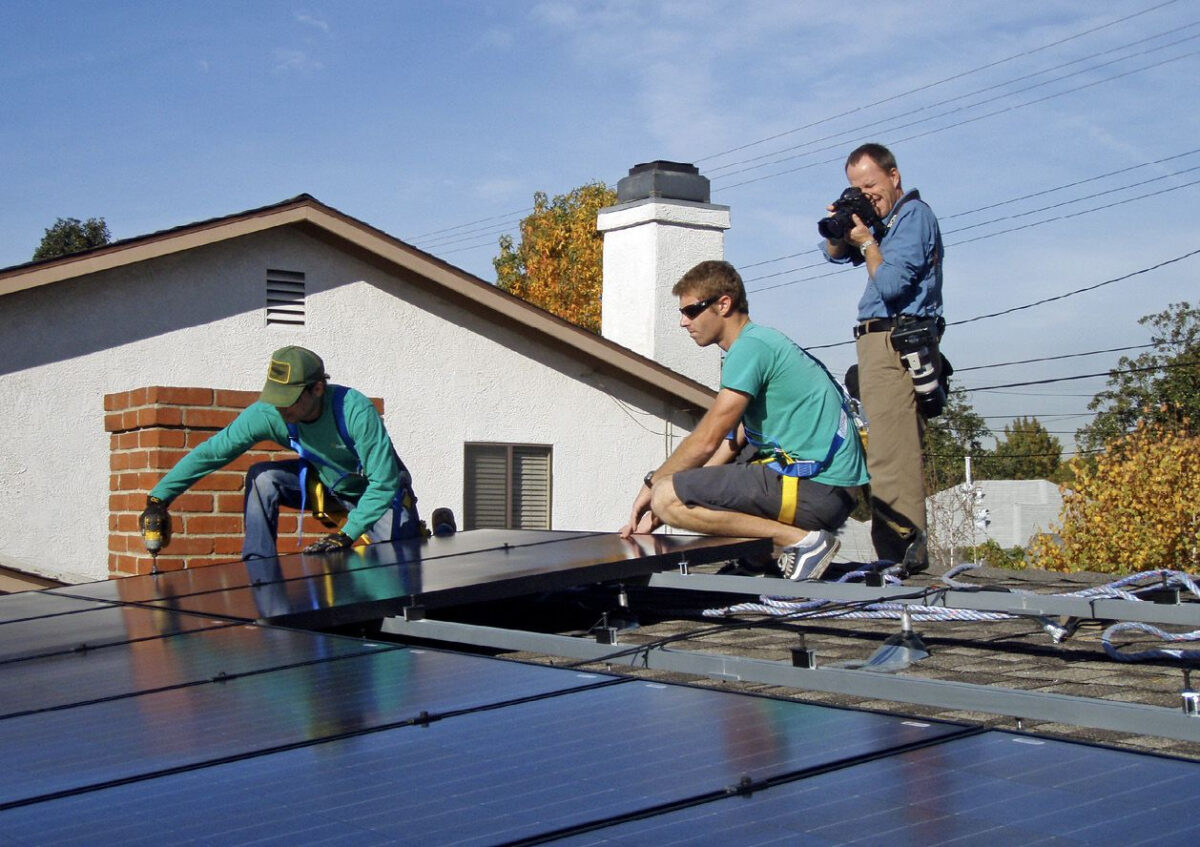
Figures for 2024-25 financial year reveal double-digit percentage drop in median price for UK small-scale solar. Falling prices were driven by increased supply and technology advancements, according to DESNZ, while installer warns new rooftop opportunities could come with tighter margins.
The cost of small-scale solar installations tumbled in the United Kingdom in the 2024-25 financial year, according to government data from June 2025. In its latest analysis, the UK government recorded a roughly 20% drop in the median cost of installations against the previous fiscal year for installations with up to 10 kW capacity.
April 2024 to March 2025 also saw the pace of small-scale solar deployment accelerate, with 203,185 installations included in the government’s pricing analysis, up 16% on the previous year. This was the highest number of solar installations since 2010/11, when a feed-in tariff offered until 2019 was relatively new to the market.
The small-scale PV cost data from the Department of Energy Security and Net Zero (DESNZ) record a median cost of GBP 1,876 ($2,550) per kW for installations up to 4 kW and GBP 1,780 for 4 kW to 10 kW arrays, down 19% and 21% respectively against 2023 prices. Installations with capacities of 10 kW to 50 kW had a median cost of GBP 1,256 per kW, down 11% on the previous year. Adjusted for inflation, the median cost of an installation up to 4 kW was at its lowest level since 2020, while the inflation-adjusted median for a 4 kW to 10 kW installation was the lowest on record.
Falling prices have been driven by supply and demand, according to DESNZ. Despite growing demand for installations, the government said “an increase in their supply and advancements in technology have pushed down average prices.”
Competition appears to be heating up for UK installers. Adam Roberts, commercial director at Wright Renewables, told pv magazine there “does seem to be a bit of a price war going on, particularly when it comes to solar panels.”
Based in Nottinghamshire, England, Wright Renewables offers solar, battery energy storage and heat pump services to consumers, and is a partner installer for utility Ovo Energy. Roberts said the last 12 months have been challenging and suggested that the UK government’s recent decision to effectively mandate solar panels for new build homes in England could result in tighter margins in the future.
“The real margin challenge will come when the new build sector fully embraces renewable heating and energy solutions,” said Roberts. “House builders, particularly the large national brands, have traditionally operated on very tight margins, which I believe most renewable installers will find impossible to accommodate. This will lead to some interesting conversations as we move forward and house builders fully embrace the Future Homes Standard and the renewable sector fights to maintain its margins.”
The UK government announced on June 6 that it plans to effectively mandate solar panels on new build properties in England, with very few exceptions. While this has potential to increase demand for rooftop solar, the average cost per kW for PV installations on new builds was lower than retrofits in 2024-25, according to DESNZ, and over 80% of domestic solar installations during the period were retrofits.
Domestic installations made up the lion’s share of solar installations below 50 kW, accounting for almost three quarters in 2024/25. Two thirds of these were installations with capacity up to 4 kW, with 30% in the 4 kW to 10 kW band. There were fewer non-domestic installations, however the average installation cost for this segment was lower on a per kW basis.
This content is protected by copyright and may not be reused. If you want to cooperate with us and would like to reuse some of our content, please contact: editors@pv-magazine.com.
Source link


